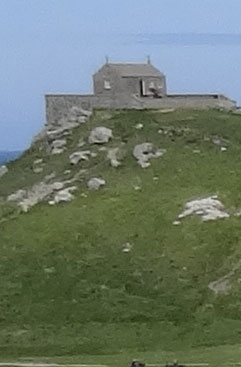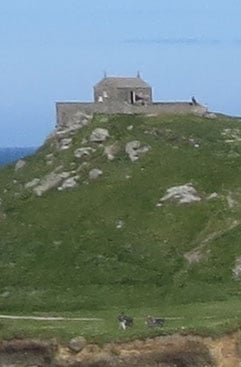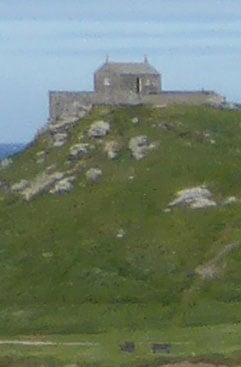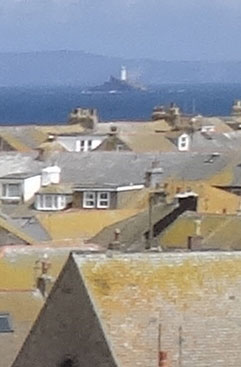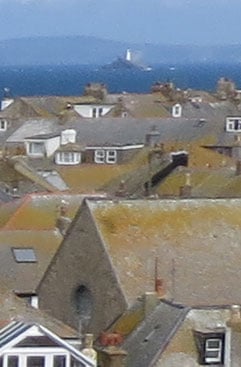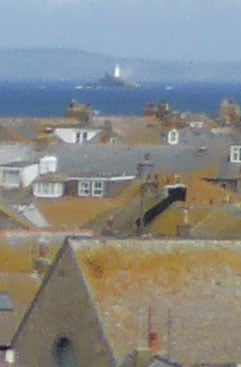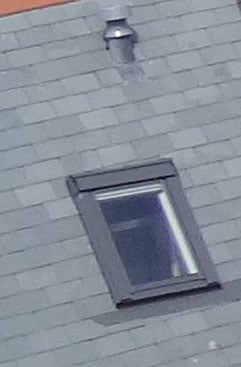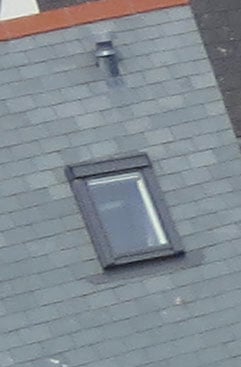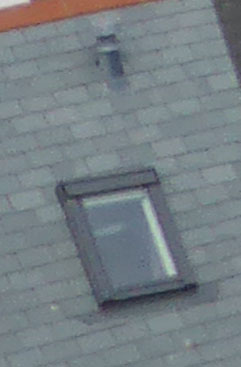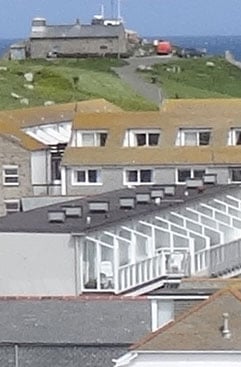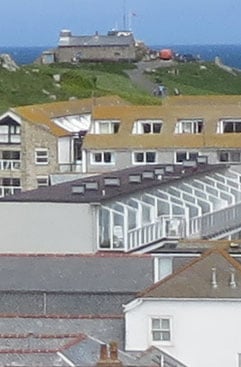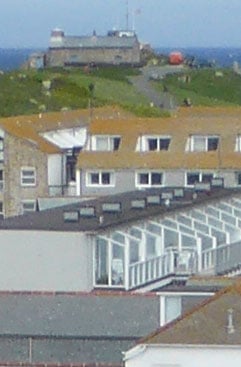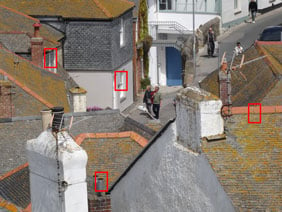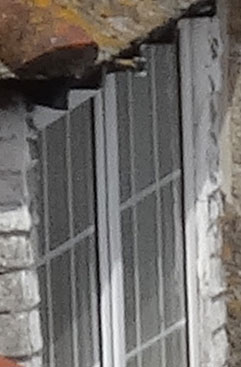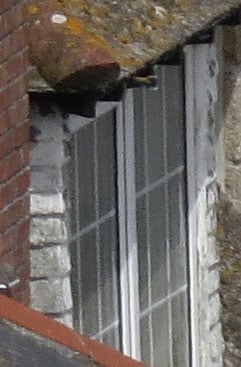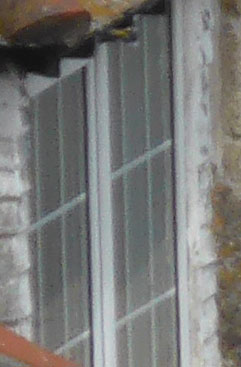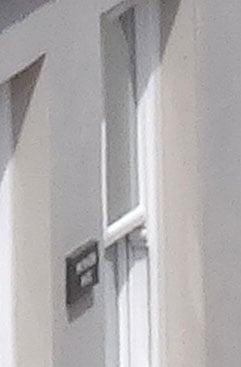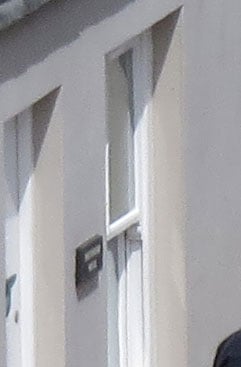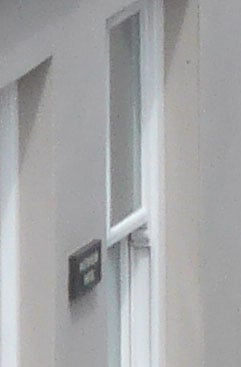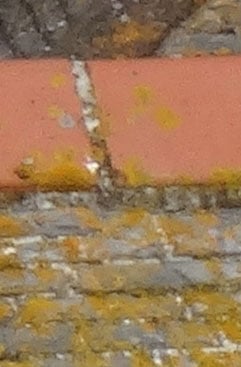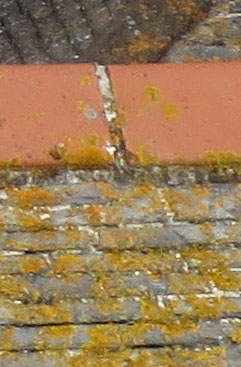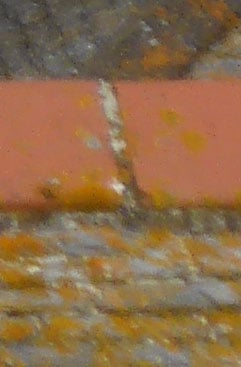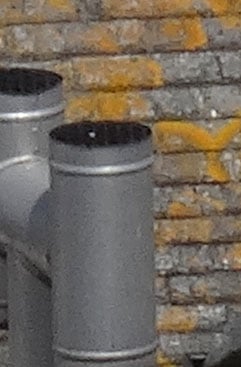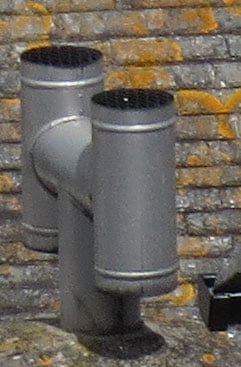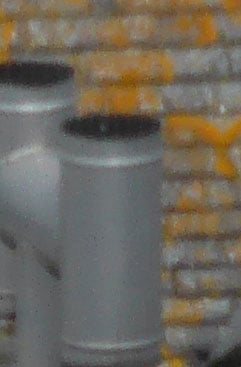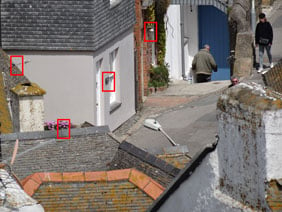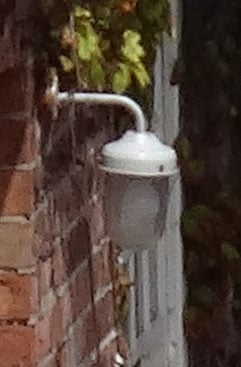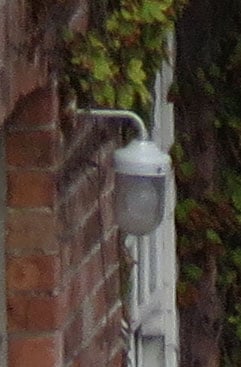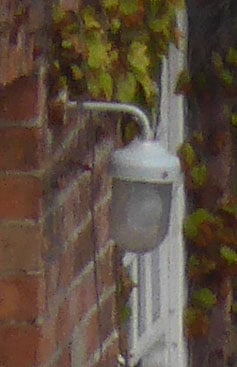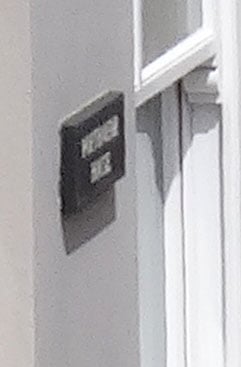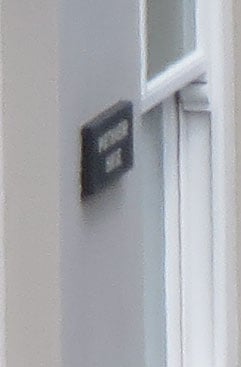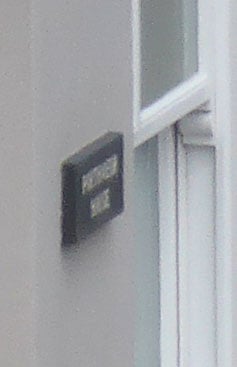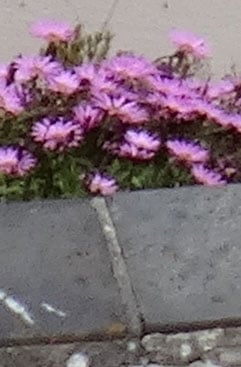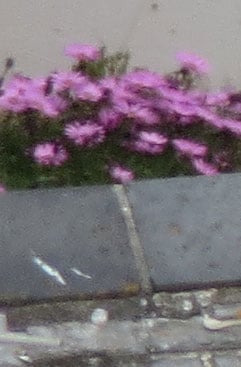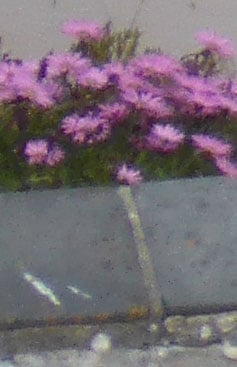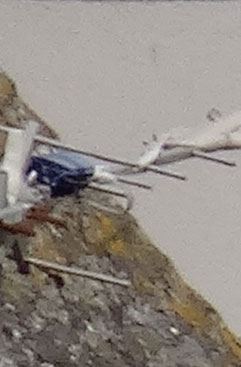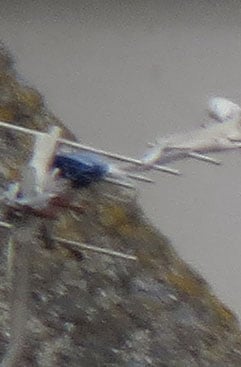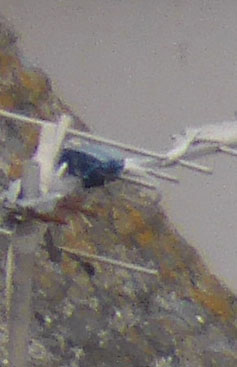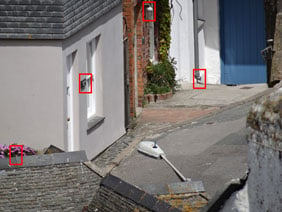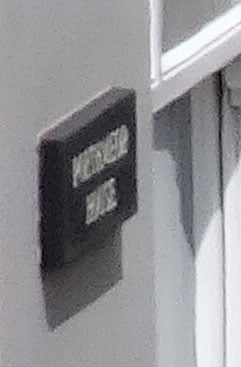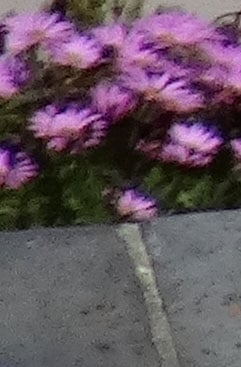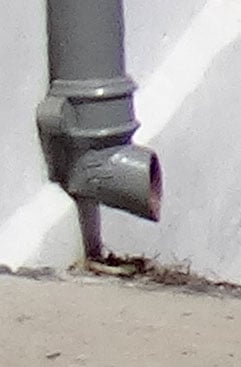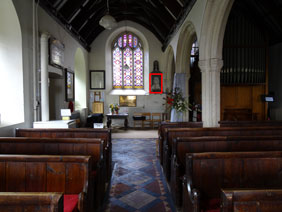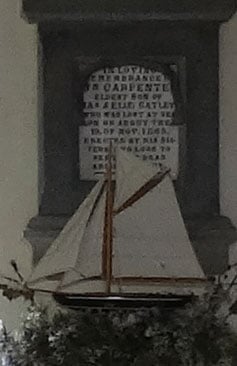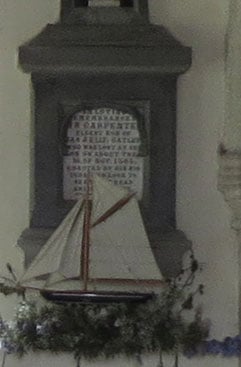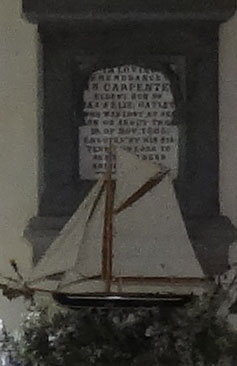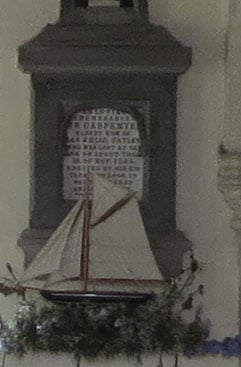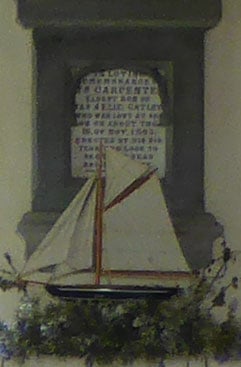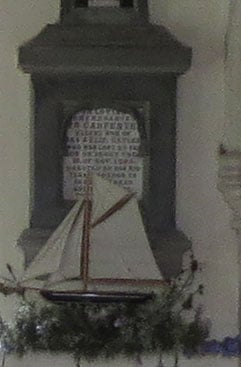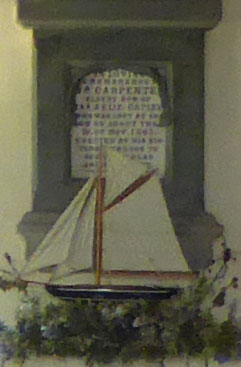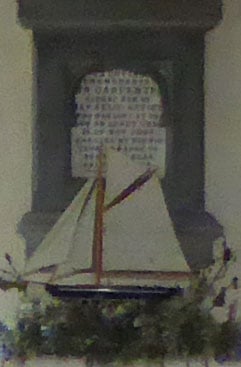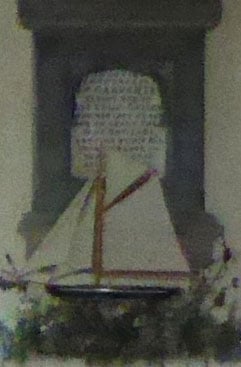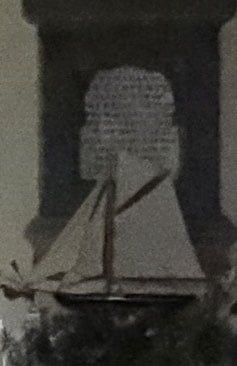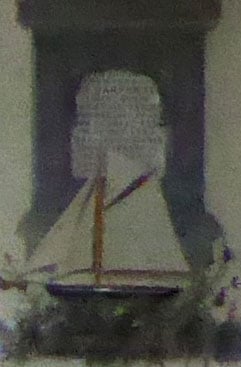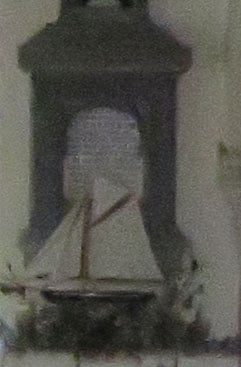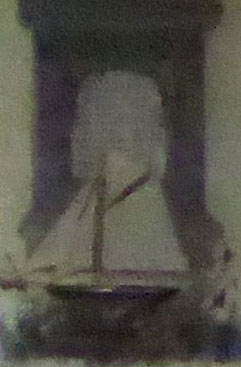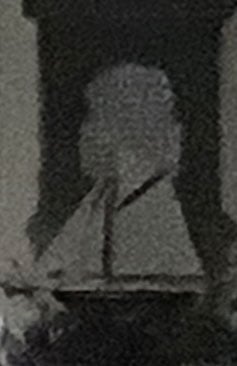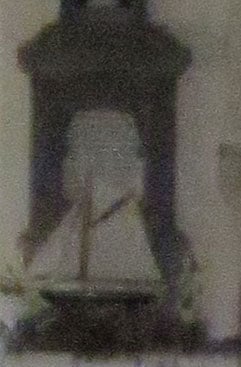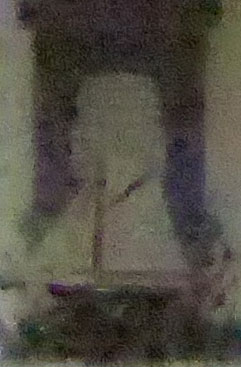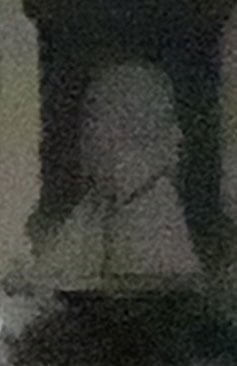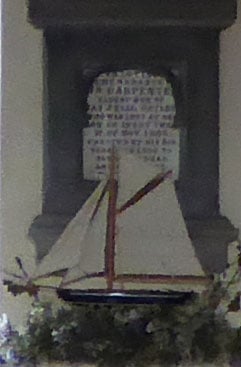Sony Cyber-shot HX50V review
-
-
Written by Ken McMahon
Quality
Sony HX50V vs Canon SX280 HS vs Panasonic ZS30 / TZ40 quality
For this next test I zoomed all three cameras in to an equivalent focal length of around 500mm. The ZS30 / TZ40 has a maximum zoom of 480mm and the Canon SX280 HS tops out at 500mm, but the HX50 can go on to a maximum zoom of 720mm. Scroll down to see crops from the HX50V at its maximum 720mm focal length. Once again, I set the exposure mode to Program Auto and each model selected the widest available aperture at that zoom setting, f6.3 on the HX50V, f6.8 on the SX280 HS and f6.4 on the TZ40 / SZ30. As usual, the crops are taken from the areas marked by the red rectangles. At this focal length, it’s quite hard to exactly match the field of view, (particularly as the Canon SX280 HS has no scale on its zoom bar) but the results are reasonably close – 488mm equivalent on the HX50, 500mm on the SX280 HS and 480mm on the TZ40 / SZ30. At 500mm the HX50 is still a long way short of its maximum 720mm focal length and these crops look even better than the 250mm ones. The detail is sharp and at this focal length there’s greater consistency across the frame. The first crop and the last, both from close to the frame edge are almost as detailed as the ones from the centre and there’s less of a quality difference than at 250mm. 500mm is the maximum focal length for the SX280 HS and the strain is beginning to show just a little bit. All four crops are a little softer than those at 250mm and the first and last crops are a little blurry. Not only are these results not on a par with the SX280 HS at 250mm, they’re not quite a good as those from the Sony HX50V. At it’s maximum 480mm focal length, the lens on the Panasonic TZ40 / SZ30 puts in it’s best performance. In this set of crops there’s much more consistency across the frame, the crops taken from close to the edge are softer, but not to the same degree as at the wider zoom settings. There’s also less of a margin at this focal length between the Canon SX280 HS and the ZS30 / TZ40, but the latter still earns last place in the quality ratings, though that’s more to do with the sensor than the lens.
Sony HX50V quality at 720mm equivalent
For this final test I zoomed the HX50V to its maximum 720mm focal length and left the exposure mode on Program Auto where it chose an exposure of 1/640 at f6.3 As before, the crops are taken from the areas marked by the red rectangles on the left. At is maximum zoom range with an equivalent focal length of 720mm the HX50V turns in a pretty impressive performance. There’s not quite the same edge sharpness and level of detail as at the wider zoom settings, and the crops from the frame edge, particuarly the second one from close to the left edge look sketchy. There’s also what looks to be a hint of a colour fringe around the bottom of the drainpipe in the last crop, but overall, I’d say most people will be more than happy with the quality of these results given that they’re achieved at a focal length well beyond what either of the other two models can manage.
Now check out how these models compare at higher sensitivities in my Sony HX50V Noise results.
| | |||||||||||||||||||||||||||||||||||||||||||||||||||||||||||||||||||||||||||||||||||||||||||||||||||||||||||||||||||||||||||||||||||||||||||||||||||||||||||||||||||||||||||||||||||||||||||||||||||||||||||||||||||||||||||||||||
Sony HX50V results : Sony HX50V Quality / Sony HX50V Noise
Sony HX50V vs Canon SX280 HS vs Panasonic ZS30 / TZ40 Noise
The above shot was taken with the Sony Cyber-shot HX50V in Program auto exposure mode. The HX50V was mounted on a tripod for this test, image stabilsation can’t be disabled on the HX50V and, in the absence of any indication that it’s automatically turned off when the camera is tripod-mounted I assume it’s active. In Program Auto mode the HX50V metered an exposure of 1/4 at f3.5 at the base 80 ISO sensitivity setting. For the Canon SX280 HS the exposure was 1/4 at f3.5 and the Panasonic ZS30 / TZ40 metered 1/4 at f3.3. Before I examine the crops in detail let’s remind ourselves what we’re looking at here. All three of these compact models are fitted with a sensor that’s the same 1/2.3 inch physical size, but the Sony HX50V has the highest resolution with 20.4 Megapixels followed by the Panasonic ZS30 / TZ40 with 18.1 Megapixels and finally the Canon SX280 HS at 12.1 Megapixels. So with the highest pixel density you might expect the Sony HX50V to have the worst noise performance of the three, and the Canon SX280 HS the best, with the Panasonic ZS30 / TZ40 somewhere in the middle. So lets take a look. Because it has the highest resolution sensor, the crops from the Sony HX50V show the smallest area with the biggest detail. At the base 80 ISO sensitivity there’s some noticeable noise in the HX50V crop with visible texture in the plain coloured wall, the darker memorial panel, the model boat and the flowers, in other words everywhere. The 80 ISO crop from the Canon SX280 HS next to it has a similar amount of noisy texture, though it’s slightly less intrusive and clumpy-looking, at least in part due to the smaller detail. The Panasonic ZS30 / TZ40 has no 80 ISO setting, so the first chance we get to compare all three is at 100 ISO. The Sony HX50V and Canon SX280 HS 100 ISO crops look similar to the 80 ISO ones, though the noise has increased marginally on both. Likewise, the crop from the 18 Megapixel Panasonic ZS30 / TZ40 is visibly textured and, like the other two, the noise is bad enough to affect detail everywhere, particularly in the text panel. Don’t forget though that you’ll really only notice noise at this level if you’re looking closely at 100 percent sizes. At smaller magnification results from all three look nice and clean with high levels of detail, so this is only really an issue if you’re making big prints or cropping quite a lot. At 200 ISO the Sony HX50V crop is already suffering quite badly. There’s a coarse granularity that’s obscuring the detail and some smearing too. Note how some of the letters in the text panel have blurred and blended with the background. The edges are also beginning to crumble a little in this HX50V 200 ISO crop. By comparison, both the SX280 HS and ZS30 / TZ40 crops are holding up well. They too are noisier than the 100 ISO crops, the Canon SX280 HS crop looks a little softer but there’s plenty of fine detail and the text is still legible. The same goes for the ZS30 / TZ40 crop, it’s a little softer and less contrasty than the 100 ISO one, but stil looks good and has plenty of detail. By 400 ISO the Sony HX50V crop is now looking very bitty indeed. The text panel is mostly a smudgy blur and the edges, particularly the left side of the memorial panel are look very messy. At 400 ISO there’s a further slight softening of the Canon SX280 HS crop, but the detail is still holding up well. The same can be said of the Panasonic ZS30 / TZ40 crop, though I’d say the Canon has moved out in front with less noise and more detail than the 18 Megapixel ZS30 / TZ40. Interestingly, at 800 ISO it all evens up a little, with crops from all three models exhibiting a similar level of noise. The Canon SX280 HS is still out in front and the Sony HX50V trails the pack, but the difference is much less obvious than at 400 ISO. It’s a similar story at 1600 ISO, though by now the crops from all three models are as much noise as image data, but the Canon SX280 HS maintains its edge with a higher level of detail, cleaner edges and less intrusive graininess. Beyond 1600 ISO nothing looks very pretty. Note that the 6400 and 12800 settings on the HX50V are stacking modes – the camera takes several shots in quick succession, then produces a composite. Though they may be better than a single shot result from this sensor, there’s still not an awful lot of detail to be seen amidst the noise, Overall, these results are pretty much what you’d expect. In practice, there’s not much to choose between these three models at their base senstivity settings, but above that, in the lower range up to 400 ISO the 12 Megapixel Canon SX280 HS and Panasonic ZS30 / TZ40 produce better results with less noise. At the higher sensitivity settings above 400 ISO though, it even out with little practical difference between models. Now head over to my Sony HX50V sample images to see some more real-life shots in a variety of conditions.
|
|
